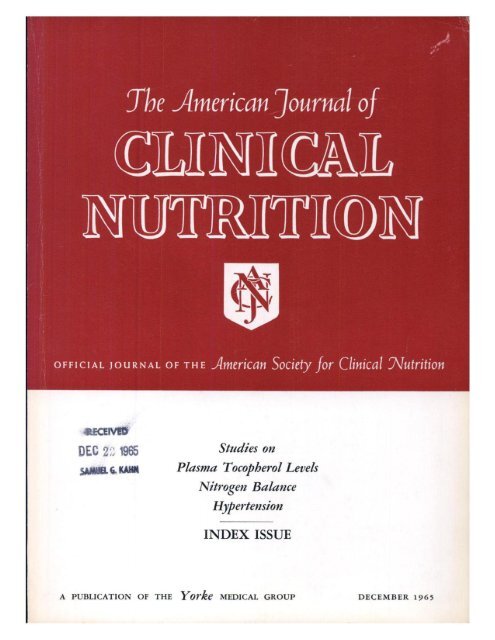Characterization of gene–environment interactions for vitamin D through variance quantitative trait loci: a UK Biobank-based genetic epidemiology study
IF 6.5
1区 医学
Q1 NUTRITION & DIETETICS
引用次数: 0
Abstract
Background
Understanding gene–environment interactions associated with vitamin D status may refine nutrition and public health strategies for vitamin D deficiency. Recent methodological advances have enabled the identification of variance quantitative trait loci (vQTLs) where gene–environment interactions are enriched.
Objectives
The study aims to identify vQTLs for serum 25-hydroxy vitamin D (25OHD) concentrations and characterize potential gene–environment interactions of vQTLs.
Methods
We conducted vQTL discovery for 25OHD using a newly developed quantile integral linear model in the UK Biobank individuals of European (N = 313,514), African (N = 7800), East Asian (N = 2146), and South Asian (N = 8771) ancestries, respectively. We tested for interactions between the identified vQTL lead variants and 18 environmental, biological, or lifestyle factors, followed by multiple sensitivity analyses.
Results
We identified 19 independent vQTL lead variants (P < 5 × 10–8) in the European ancestry population. No vQTLs were identified in the non-European ancestry populations, likely because of limited sample sizes. A total of 32 interactions were detected with a false discovery rate <0.05. Although known gene-season of measurement interactions were confirmed, additional interactions were identified involving modifiable risk factors, including time spent outdoors and body mass index. The magnitudes of these interactions were consistent within each locus upon adjusting for the season of measurement and other covariates. We also identified a gene–sex interaction at a vQTL that implicates DHCR7. Integrating transcript- and protein-level evidence, we found that the sex-differentiated genetic associations may act through sex-biased expression of DHCR7 isoforms in skin tissues because of alternative splicing.
Conclusions
Through the lens of vQTLs, we identified additional gene–environment interactions affecting vitamin D status in addition to the season of measurement. These findings may provide new insights into the etiology of vitamin D deficiency and encourage personalized prevention and management of associated diseases for at-risk individuals.
求助全文
约1分钟内获得全文
求助全文
来源期刊
CiteScore
12.40
自引率
4.20%
发文量
332
审稿时长
38 days
期刊介绍:
American Journal of Clinical Nutrition is recognized as the most highly rated peer-reviewed, primary research journal in nutrition and dietetics.It focuses on publishing the latest research on various topics in nutrition, including but not limited to obesity, vitamins and minerals, nutrition and disease, and energy metabolism.
Purpose:
The purpose of AJCN is to:
Publish original research studies relevant to human and clinical nutrition.
Consider well-controlled clinical studies describing scientific mechanisms, efficacy, and safety of dietary interventions in the context of disease prevention or health benefits.
Encourage public health and epidemiologic studies relevant to human nutrition.
Promote innovative investigations of nutritional questions employing epigenetic, genomic, proteomic, and metabolomic approaches.
Include solicited editorials, book reviews, solicited or unsolicited review articles, invited controversy position papers, and letters to the Editor related to prior AJCN articles.
Peer Review Process:
All submitted material with scientific content undergoes peer review by the Editors or their designees before acceptance for publication.

 求助内容:
求助内容: 应助结果提醒方式:
应助结果提醒方式:


